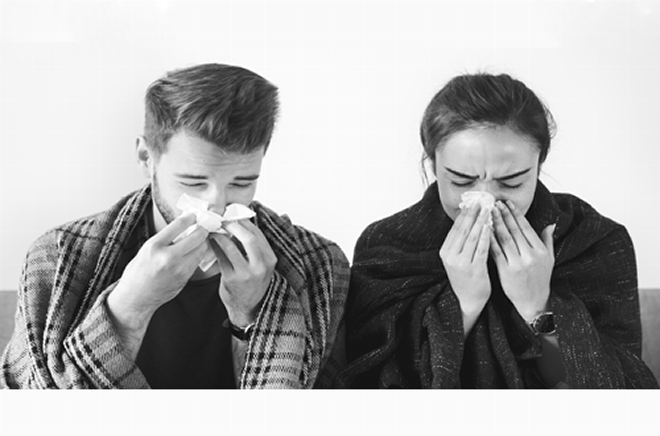Do you know how to prevent infection?

Did you know that the average healthy adult catches about 4 to 6 colds per year, whilst children get about 6 to 8? What can seem like a small cold can develop into a serious infection, and in some cases can be life-threatening.
As we approach flu season, it’s time to look at preventative measures. Germs can easily be passed from person to person but by following better hygienic practices, healthcare providers and patients could be better protected from viruses and bacteria.
In a new report by the International Scientific Forum (IFH) on home hygiene, scientists are calling for a collaborative strategy to be implemented by policymakers, health organisations and medical professionals to promote safe and effective hygienic practices to the public.
The report states that hygiene in the home and everyday life is now being considered an important part of the broader strategy to combat antibiotic resistance, but there are issues that must be dealt with.
The issues outlined in the report include:
- A need for an integrated approach by professionals and organisations
- Overcoming public attitudes and behaviour toward what constitutes hygiene and cleanliness
- Counteracting barriers to change, improving public knowledge of safe practices
- Encouraging safe and effective hygienic practice in the home
Amongst the authors of the report is IBMS Fellow Professor Anthony Hilton, who commented,
“Because hygiene communications to the public are being developed independently, by different stakeholders and without reference to a common strategy, advice is sometimes conflicting, causing further confusion.”
This refers to the mixed and often outdated messaging being promoted in the media. An example of this how many people are still being told there is a link between too much hygiene and cleanliness, which dates back to a theory from 1989. This messaging is causing some people to think that if a surface looks clean, it must be hygienic, when that isn’t the case. Messages like these are what the report’s authors seek to change.
IBMS Deputy CEO Sarah May said,
“This is an excellent report that combines science with common sense. If we are to protect ourselves against infectious diseases it is essential that there is better public awareness of good hygiene and that this is not confused with hyper-cleanliness, which is very different. Better understanding of microbiome science is key to achieving reduced infection and reduced use of antibiotics. A win: win result.”
This month charities and healthcare organisations are promoting cleanliness and safe hygiene by participating in International infection prevention campaigns. This year’s theme is clean hands - a recipe for health. Focussing on the links between handwashing and food hygiene and nutrition, the Global Handwashing Partnership is encouraging everyone to promote handwashing.
They are raising awareness of how important it is to keep your body safe from infections, and that includes considering the food you eat. When handling raw food to cook, washing your hands with soap and water can help rinse off any bacteria you carry and prevent anything from spreading. It can also help cut down on your catching food poisoning or the flu.
In recent years the media has promoted handwashing with the tip to wash your hands for the length of time it takes to sing ‘happy birthday’, and gives tips on how best to wash your hands.
Together we hope that more people will become aware of safe practices in the home, and help protect themselves from infections. But with all these messages circulating, it’s important to remember the main tip for keeping safe this winter - wash your hands.
